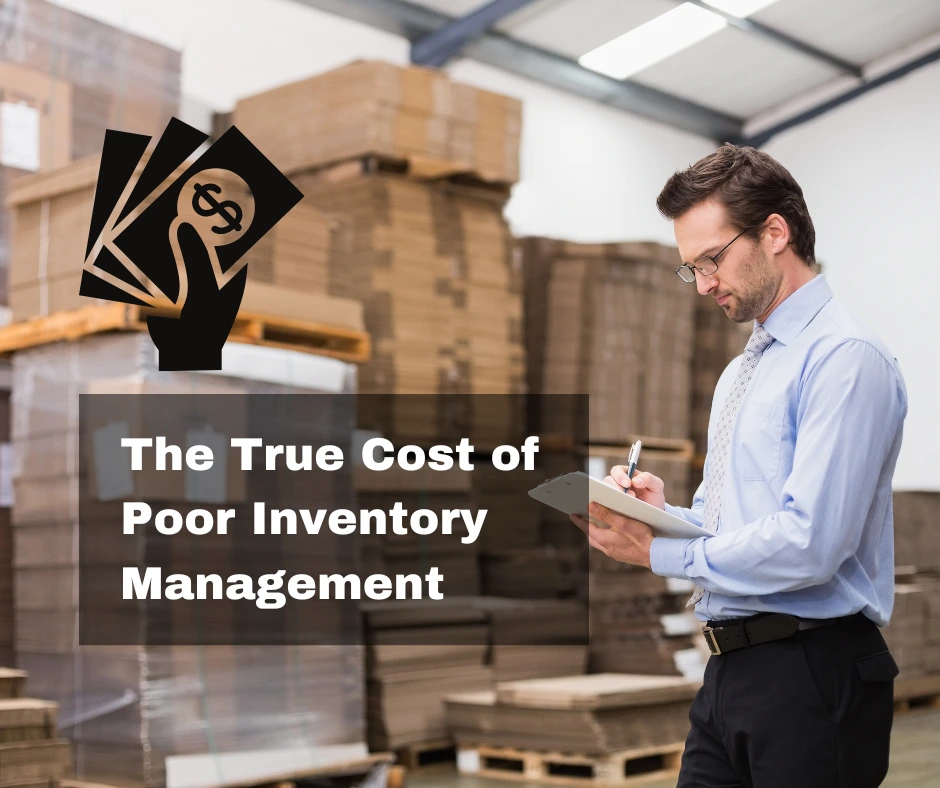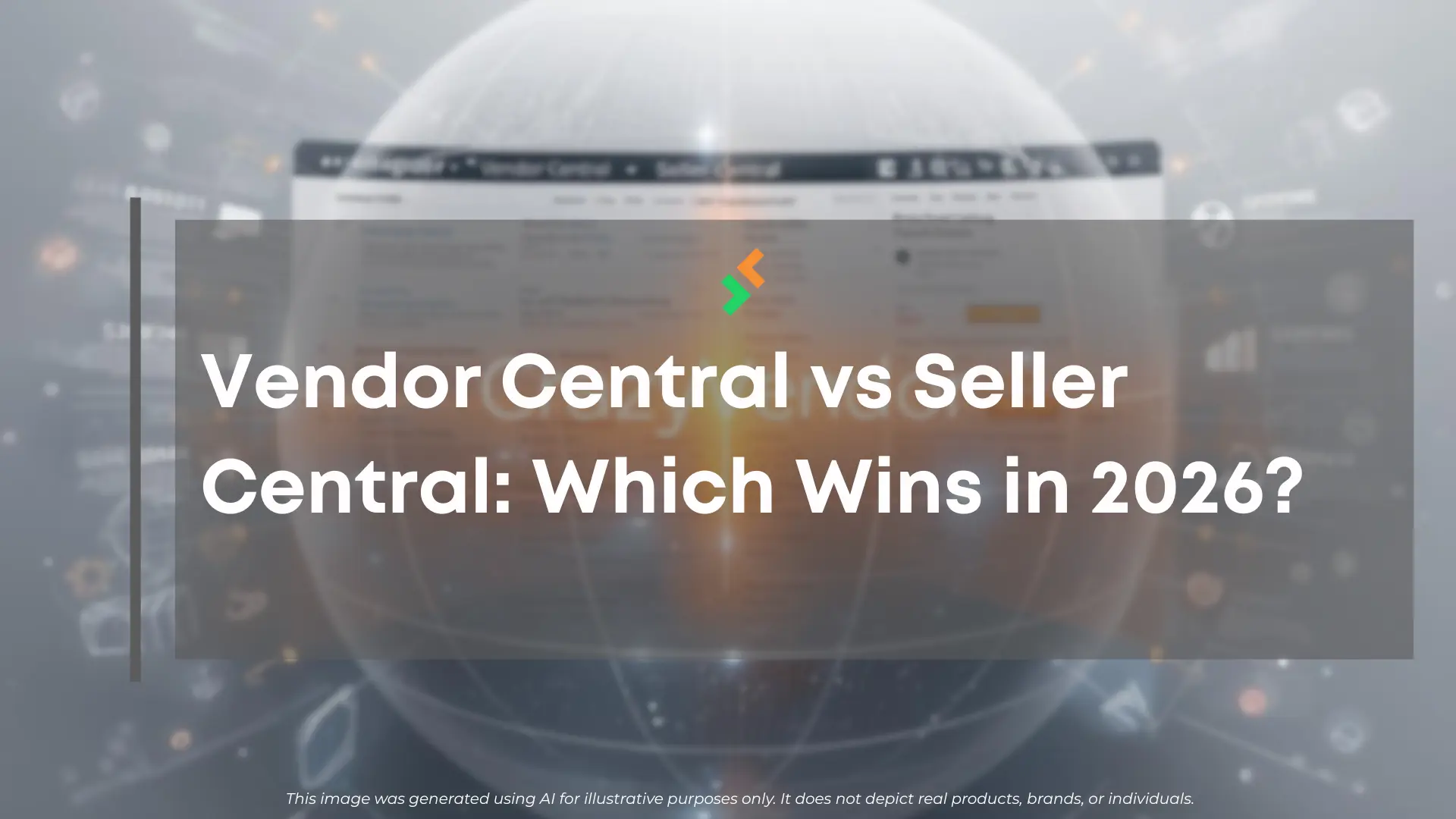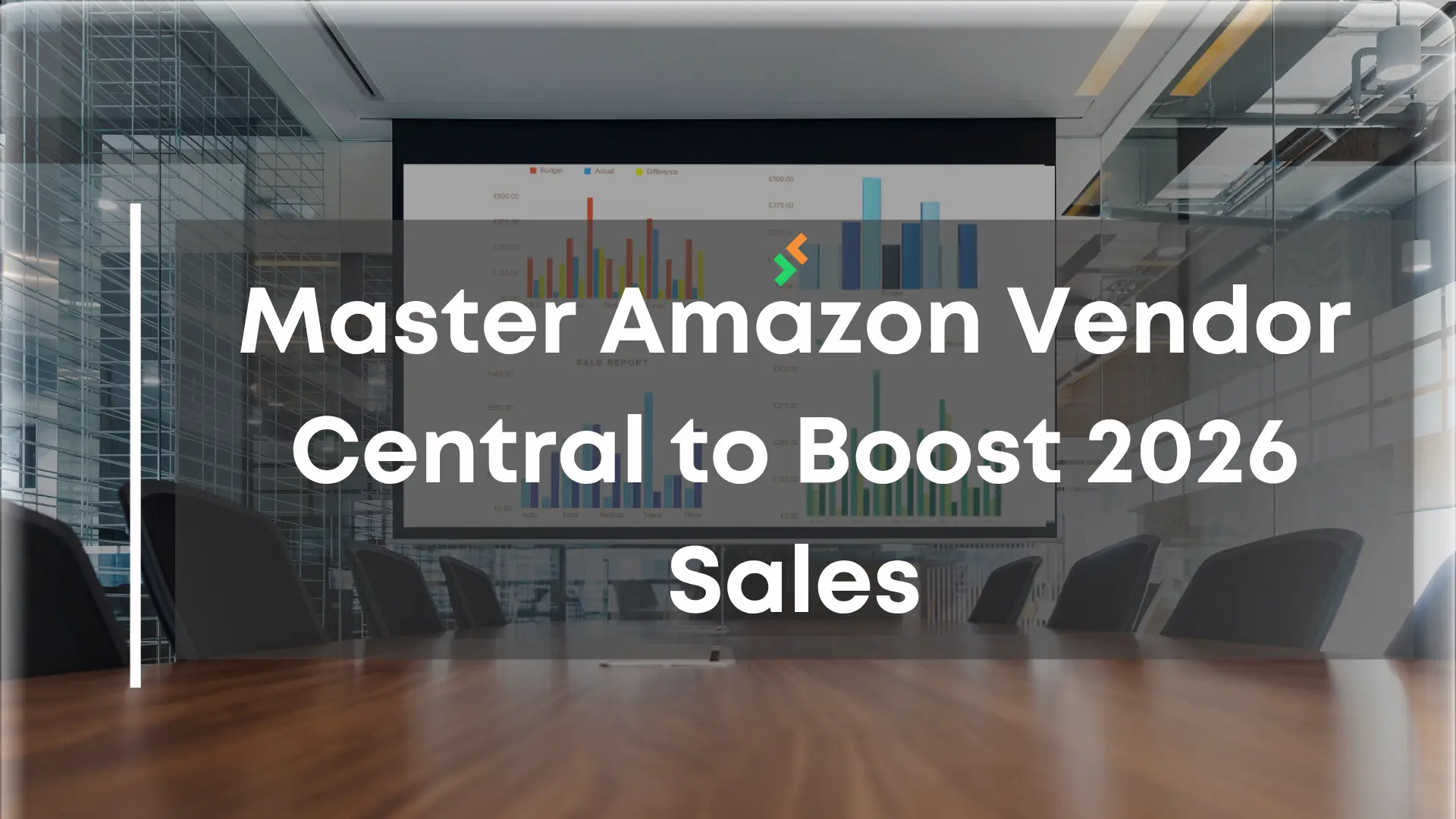
Imagine driving a high-performance car with the handbrake on. That’s what poor inventory management does to your eCommerce business—it slows you down, inflates costs, and creates unnecessary hurdles. From excessive storage expenses to lost sales and poor inventory management disrupting cash flow, poor inventory management can silently drain your profits.
But with the right strategies and tools, you can steer clear of these pitfalls and keep your business running smoothly. Poor inventory management is a major challenge for online retailers, but avoiding its pitfalls can lead to significant growth and efficiency.
Table of Contents
The True Cost of Poor Inventory Management

Poor inventory management doesn’t just mean a cluttered warehouse—it directly affects your bottom line. Poor inventory management can lead to unnecessary expenses, operational inefficiencies, and lost business opportunities. According to a study by IHL Group, retailers worldwide lose approximately $1.1 trillion annually due to inventory distortion, which includes overstocks and stockouts. Avoiding poor inventory management ensures smooth operations and maximizes profits.
Excess Inventory Holding Costs
When businesses overstock due to poor inventory management, capital gets tied up in unsold goods, limiting investment in growth opportunities. Beyond the financial strain, storage fees, insurance costs, and product depreciation add up, eating into profit margins. In some industries, holding excess inventory can result in annual carrying costs ranging from 20% to 30% of the total inventory value. Poor inventory management leads to unnecessary financial burdens that businesses must address proactively.
Instead of hoarding excess stock, businesses should focus on lean inventory strategies to keep products moving efficiently. Learn more about inventory optimization strategies here.
Stockouts and Lost Sales
Running out of stock at a critical moment can be just as damaging as overstocking. A lack of inventory due to poor inventory management results in missed revenue and frustrated customers who may turn to competitors. Frequent stockouts damage your brand reputation, leading to lower customer retention and long-term losses. A report by McKinsey highlights that 43% of consumers go to competitors when their preferred retailer is out of stock.
Using real-time tracking and automated alerts helps maintain ideal stock levels without overspending on unnecessary inventory. Discover how real-time tracking can enhance your eCommerce business.
Obsolete Inventory and Dead Stock
Products that sit unsold for too long can become outdated, leading to markdowns or complete write-offs. Whether you’re dealing with perishable goods, seasonal trends, or rapidly changing consumer preferences, poor inventory management increases the risk of waste.
Increased Order Fulfillment Expenses
Inefficient warehouse operations, misplaced products, and inaccurate stock levels all stem from poor inventory management. Without proper oversight, businesses often resort to last-minute order fulfillment, requiring expedited shipping or additional labor costs. These unnecessary expenses eat into profit margins.
Using an automated warehouse management system can optimize fulfillment processes, reduce human error, and improve operational efficiency.
Cash Flow Disruptions
Holding too much inventory limits liquidity, while stockouts result in lost revenue. Both scenarios can disrupt your cash flow, making it difficult to invest in marketing, new product development, or scaling your business. Poor inventory management forces businesses into reactionary spending, reducing financial flexibility.
Optimizing inventory turnover rates ensures steady cash flow, keeping your operations financially healthy. According to Daniel Atnafu, inventory investment for a small business takes up a big percentage of the total budget, yet inventory control is one of the most neglected management areas in small firms. Many small firms have an excessive amount of cash tied up to an accumulation of inventory sitting for a long period because of slack inventory management or inability to control the inventory efficiently. Poor inventory management translates directly into strains on a company’s cash flow.
How to Avoid the Hidden Costs of Poor Inventory Management
Improving inventory efficiency requires a proactive approach. Businesses that implement data-driven strategies and automation tools can eliminate the risks of poor inventory management while increasing profitability.
1. Implement Real-Time Inventory Tracking
Visibility into inventory across all sales channels is essential for preventing stockouts and overstocking. Real-time tracking tools, such as CrazyVendor’s advanced inventory management system, offer up-to-the-minute data, helping businesses make informed stocking decisions. By integrating automation, companies can set up low-stock alerts and predictive restocking to prevent poor inventory management.
Read More: How Smart Automation Reduces eCommerce Costs
2. Use Predictive Analytics for Demand Forecasting
Data-driven forecasting helps businesses anticipate demand fluctuations and adjust inventory levels accordingly. Historical sales trends, seasonal spikes, and customer preferences provide insights that prevent both overstocking and stockouts. Investing in AI-powered analytics ensures that poor inventory management doesn’t hinder business growth.
Check out how predictive analytics can transform inventory control.
3. Automate the Reordering Process
Manual inventory checks can lead to errors and inefficiencies. By automating reordering, businesses can set up trigger-based stock replenishment, ensuring that essential products are restocked at the right time without excess.
4. Optimize Warehouse Organization
A poorly managed warehouse leads to misplaced inventory, slow order processing, and higher labor costs. Implementing an efficient warehouse system with barcode scanning, optimized shelf arrangements, and real-time tracking can streamline operations, reducing the effects of poor inventory management.
5. Regularly Audit and Adjust Inventory Levels
Inventory management isn’t a one-time task—it requires continuous evaluation and adjustments. Businesses should conduct routine inventory audits to spot discrepancies, optimize stock levels, and remove obsolete products before they become a liability, ultimately preventing poor inventory management.
Conclusion
Poor inventory management can silently drain profits through excess storage costs, lost sales, cash flow issues, and inefficient fulfillment. However, businesses can mitigate these risks by leveraging real-time tracking, predictive analytics, automation, and warehouse optimization.
By integrating CrazyVendor’s inventory solutions, businesses can turn poor inventory management into a competitive advantage—reducing costs, improving efficiency, and ensuring long-term success in the fast-paced eCommerce landscape. Investing in smart inventory strategies today means stronger financial health and a smoother customer experience tomorrow.
You can also follow us on social media for more e-commerce insights and updates!










